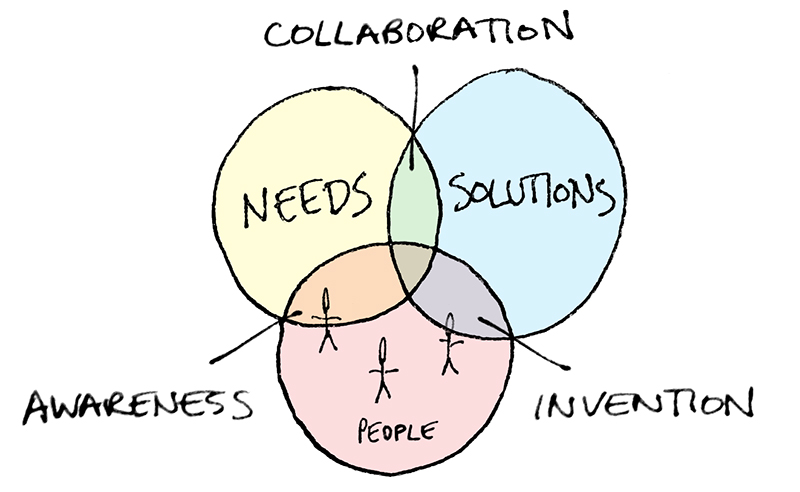|
|
Rolf A. Faste Foundation for Design Creativity |
About
|
|
||||||
|
|
|
|
Take me to the Creativity Kernel ▸ |

|
|
|
|
|
Faste Foundation
|

|
Click here to join our mailing list.
|

|

 Applying design strategy to solving problems, as in engineering projects or other creative processes, requires that the designer be attuned to the subtleties of human behavior and have synthesis skills by which to discern cultural trends, pain-points, blocks, and opportunities. Once identified, this information can provide a valuable roadmap for the accomplishment of project goals. The Creativity Kernel introduces this process to creative people anywhere in a simple and intuitive way, to help them develop their most useful ideas. It also encourages the sharing of ideas, either in groups or with the internet community at large.
Applying design strategy to solving problems, as in engineering projects or other creative processes, requires that the designer be attuned to the subtleties of human behavior and have synthesis skills by which to discern cultural trends, pain-points, blocks, and opportunities. Once identified, this information can provide a valuable roadmap for the accomplishment of project goals. The Creativity Kernel introduces this process to creative people anywhere in a simple and intuitive way, to help them develop their most useful ideas. It also encourages the sharing of ideas, either in groups or with the internet community at large.
